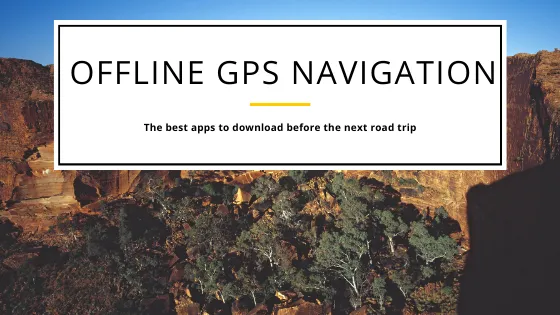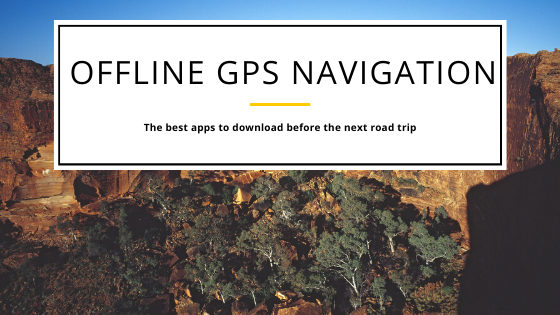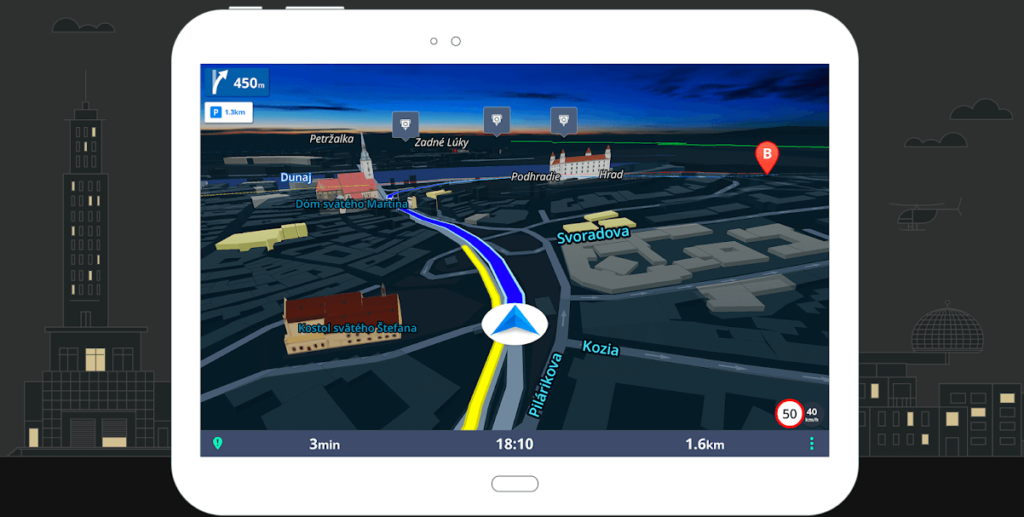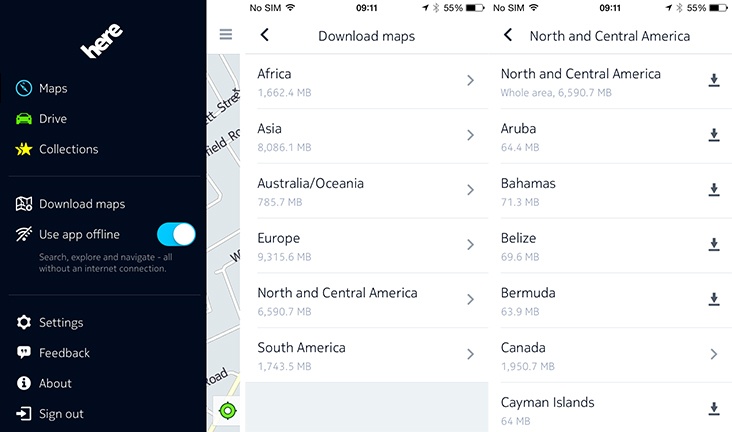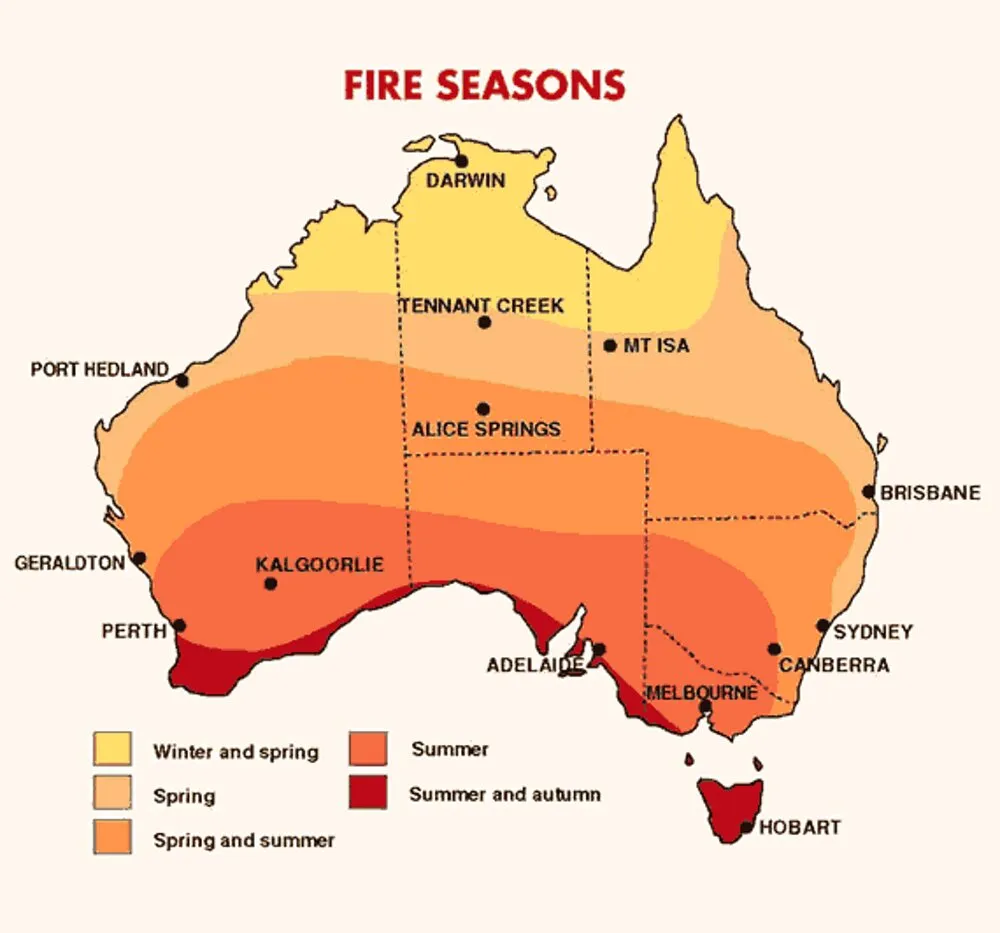
Top maps and charts that explain the terrifying 2019-20 Australian bushfires
Australia battles bushfires every year, but the current fire season is decisively one of the worst. The wildfires that originated in the state of New South Wales in September 2019 have rapidly spread throughout the continent, swallowing more than 14.7 million acres across six states till date. Here are some maps and charts that will help you understand the true scale and impact of these overwhelming fires…
Also see: Australia bushfires as seen from space: Satellite imagery reveals hard truth
Where and When Bushfires Occur
Bushfire activity varies across Australia with the changes in the seasonal weather patterns. Wind, temperature, humidity, and rainfall are weather elements that affect the behaviors of bushfires.
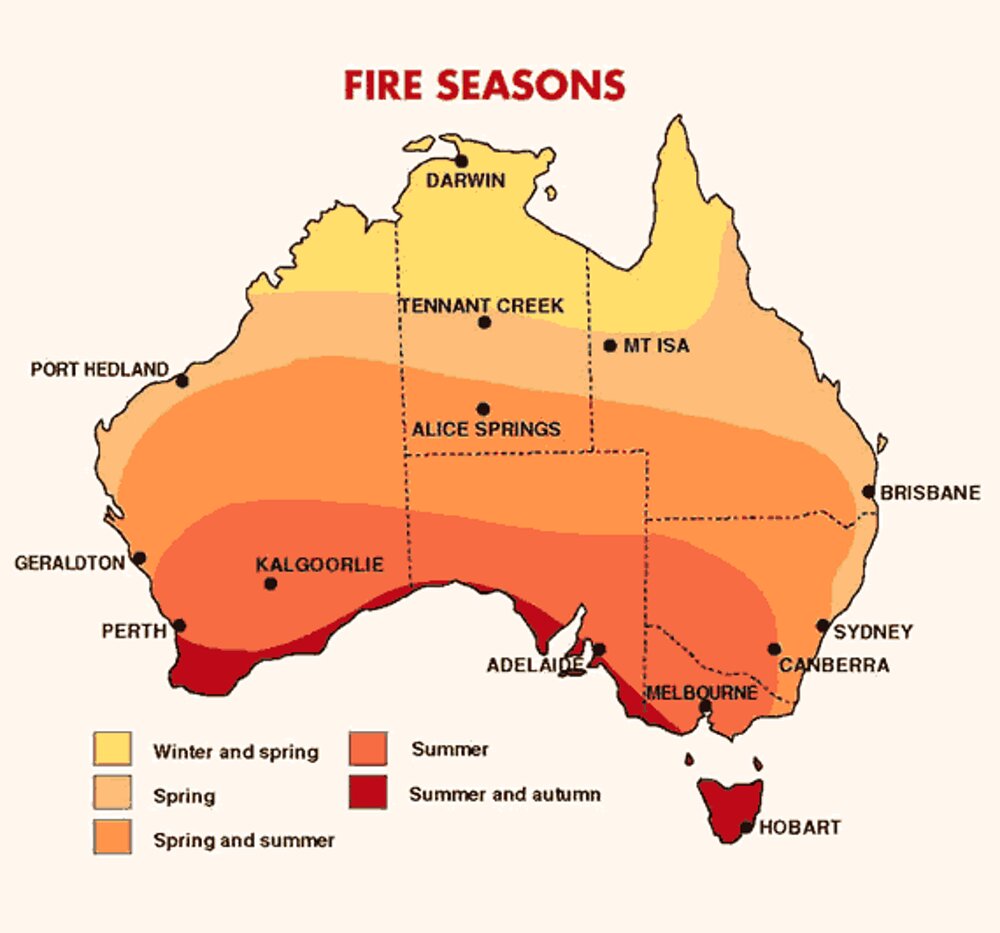
Source: Australian Bureau of Meteorology
Burning Australia: 2019-20
This overlay shows a 3D visualization of all the fires Australia has witnessed in this season with its map laid on top of the Google map of Europe — that’s how large Australia’s size actually is. But please note that the top image is not an actual photograph, it’s just a compilation of all the fires this season and not all fires seen in the image are currently active. To see a map of current fires, visit MyFireWatch.
Related: Which is the best map projection?
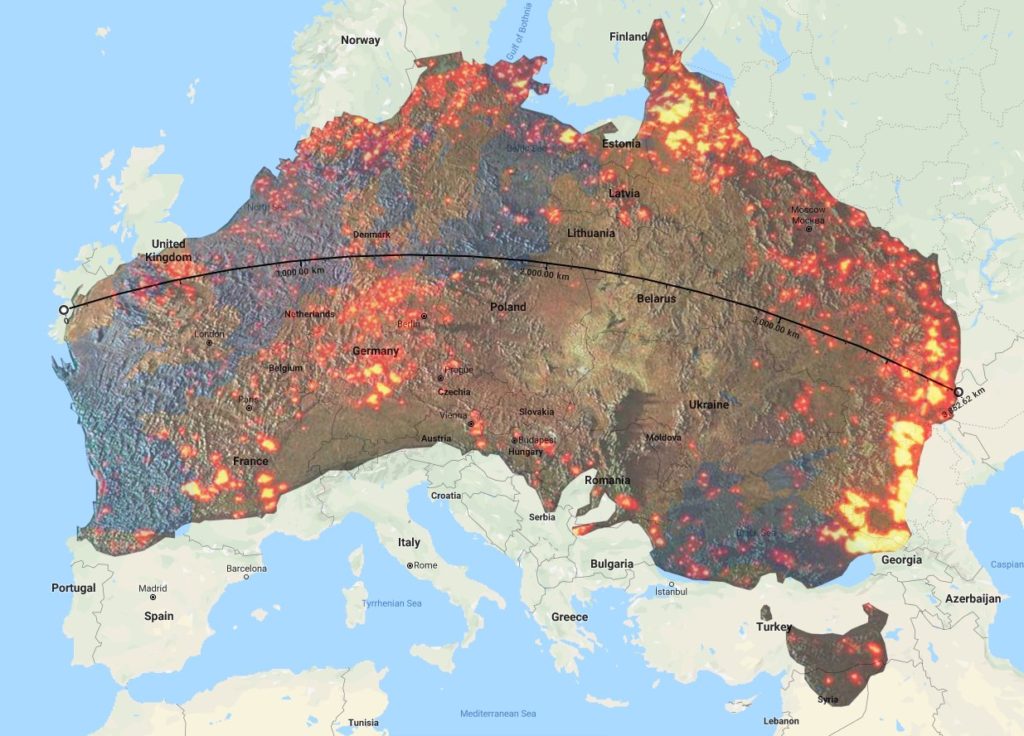
Source: Science Connecting
Shocking Extent of Bushfires
The bushfires in Australia are so severe they have already burnt seven times the land as the 2019 fires in the Amazon rainforest did (the current estimate of scorched land in Australia is almost 15 million acres).
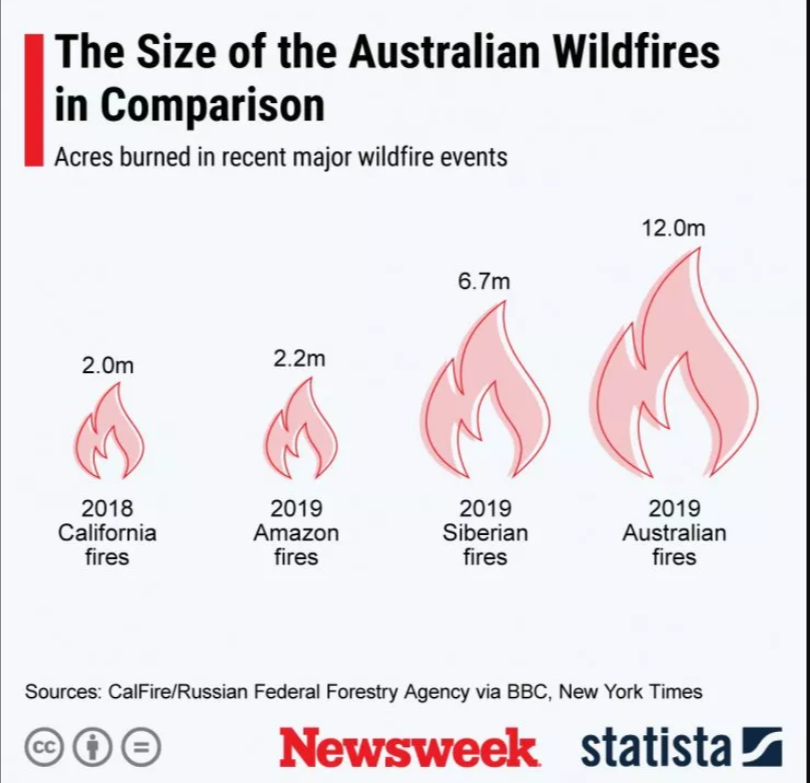
Source: Newsweek/Statista
One Fire Can Start Another…
Wildfires are often sparked by natural causes like lightning striking dry vegetation. The current fire season in Australia has also been fueled by a combination of natural causes like extreme heat, unusually long drought, and strong winds. However, once a fire starts, other areas become at risk because embers blown by the wind can cause blazes to spread to new areas. Moreover, bushfires can also drive thunderstorms, increasing the risk of lightning strikes and further fires.
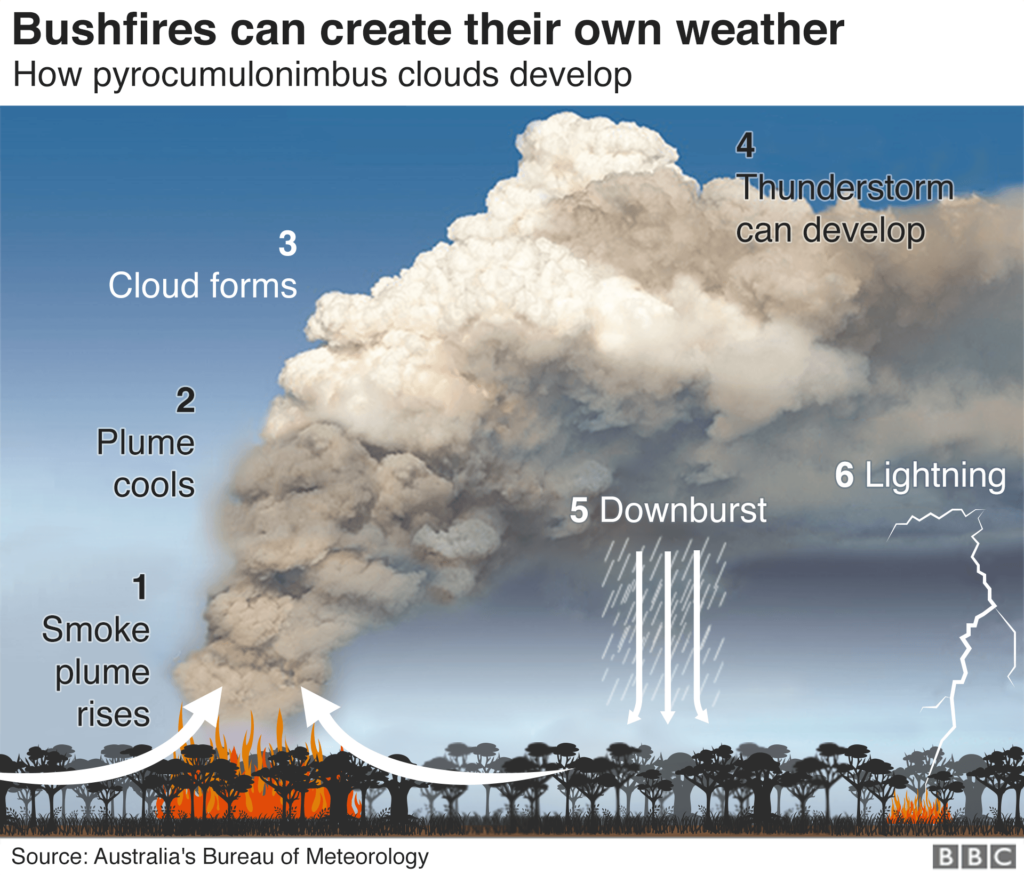
Source: BBC
The Plight of Koalas & bushfires
While there are several reports circulating that most of the koala habitat has burnt down in the 2019-20 bushfires, implying that the species are ‘functionally extinct’, thankfully, that is not the case – yet. National Geographic did some quick research and created the below map, wherein red dots show the locations of fires detected in Australia the week ending November 25, 2019, while the brown area shows the range of the koala habitat.

Sources: NASA/IUCN/NatGeo
Relief through Rain?
Since the mid-1990s, southeast Australia – where most Australians live – has experienced a 15% decline in late autumn and early winter rainfall and a 25% decline in average rainfall in April and May. Right now, Australia is facing a severe drought, spurred by three winters in a row with very little precipitation.
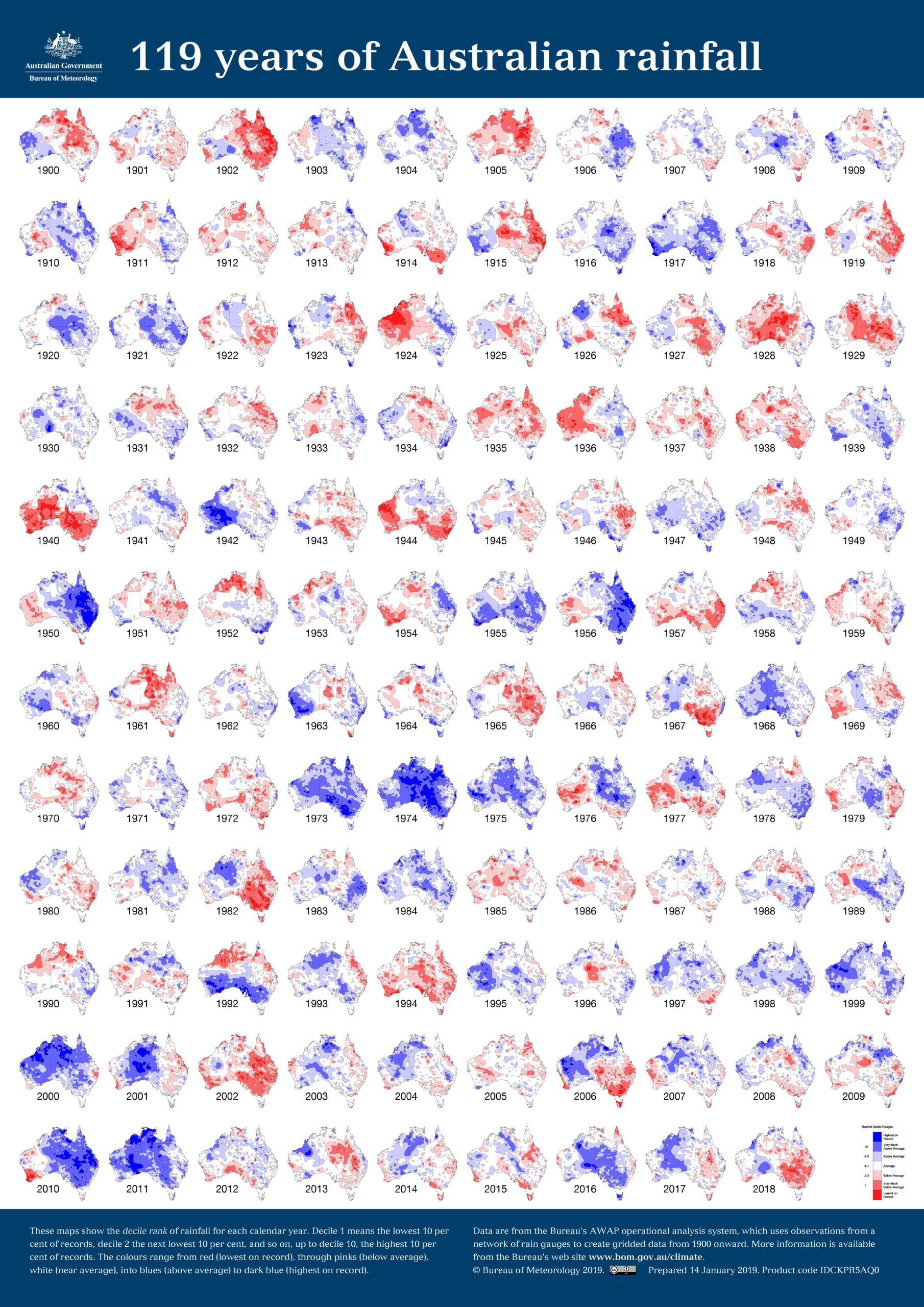
Source: Australian Bureau of Meteorology
Worse Times Ahead?
Australia experienced the hottest year on record in 2019, which had a mean temperature of 1.5° Celsius above the mean calculated for 1961 to 1990. On December 18, Australia experienced its hottest day on record when the average maximum temperature climbed to 41.9° Celsius in the country. Dry weather, high temperatures, and wildfires go hand-in-hand.
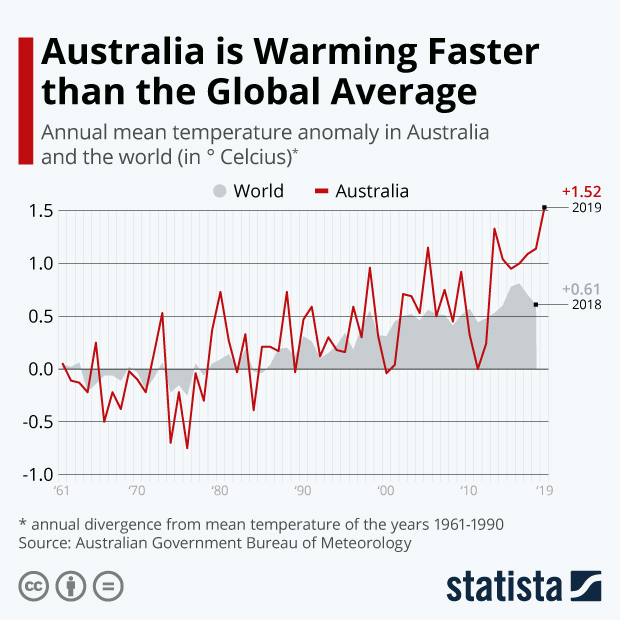
Source: Statista
Did you like this post? Read more and subscribe to our monthly newsletter!







